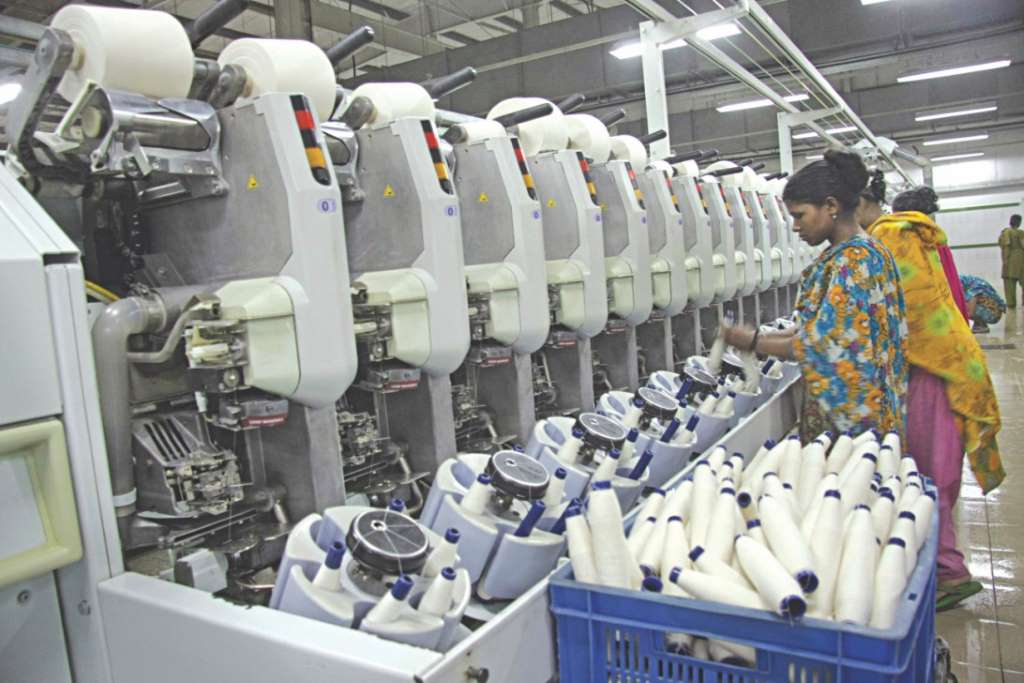
Bangladesh, a global leader in apparel exports, has traditionally relied heavily on textile imports, particularly from India. However, recent data suggests there has been a significant decline in textile imports like fibres, yarns, and fabrics, particularly from India, in recent years. This trend raises concerns for India's textile industry, which has traditionally been a key supplier to Bangladesh.
Table: India's textile exports to Bangladesh compared to China (figures in $ bn)
|
Product category |
FY23 (India) |
FY23 (China) |
Change (India) FY22-23 |
Change (China) FY22-23 |
|
Cotton fabrics |
1.2 |
2.5 |
-15% |
+5% |
|
MMF fabrics |
0.8 |
3.2 |
-10% |
+8% |
|
Yarns (cotton & MMF) |
0.4 |
1.8 |
-8% |
+3% |
Why is India losing market share?
There are several reasons why India is losing ground in Bangladesh texto;es market.
Global economic headwinds: The ongoing global economic slowdown is impacting demand for Bangladeshi garments, leading to a decrease in raw material imports, including textiles.
Shifting focus: Bangladesh is aiming to move towards manufacturing higher-value garments, which may require different types of fabrics not readily available from India.
Competition: China remains a major competitor, offering competitive prices and a wider variety of textile options.
China's growing presence in Bangladesh's textile imports is due to several reasons. It has economies of scale as China's massive textile production capacity allows them to offer competitive pricing on bulk orders. Also, product diversification is their forte. China offers a wider variety of textile products, including high-tech fabrics, catering to Bangladesh's evolving garment industry. And they have established supply chains and efficient logistics infrastructure to ensure faster delivery times.
Meanwhile Indian exporters too face numerous challenges and payment delay is a major one. Delays in banking and finance transfers from Bangladesh can hamper smooth business transactions. Then there are logistics bottlenecks. Complexities in cross-border movement of goods can add to lead times and costs.
Initiatives from both ends
Both India and Bangladesh need to address these challenges. India needs to streamline customs procedures, offering competitive pricing strategies, and exploring faster financing options like buyer's credit can be beneficial. Bangladesh on its part needs to diversify import sources beyond China to reduce dependence and explore options for pre-payment or faster transfer mechanisms can help. Both governments are exploring trade facilitation measures and potential Free Trade Agreements (FTAs) to ease import processes. Textile industry bodies from both countries are in talks to address logistical bottlenecks and explore financing solutions.
They are looking at alternative payment mechanisms like Letters of Credit or exploring collaborations with financial institutions to expedite transfers can be helpful. And both governments could explore initiatives like pre-shipment financing or export insurance schemes to mitigate risk for Indian exporters.
Regaining its market share in Bangladesh requires India to address competitiveness, streamline processes, and collaborate with Bangladesh to find mutually beneficial solutions. Both countries stand to gain from a more efficient and vibrant bilateral textile trade.












